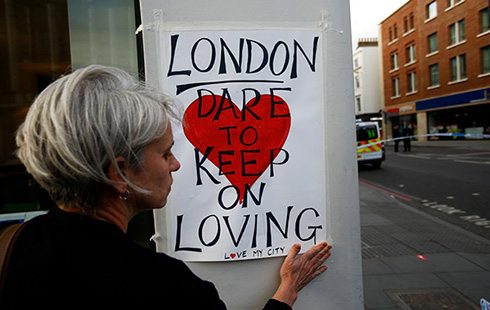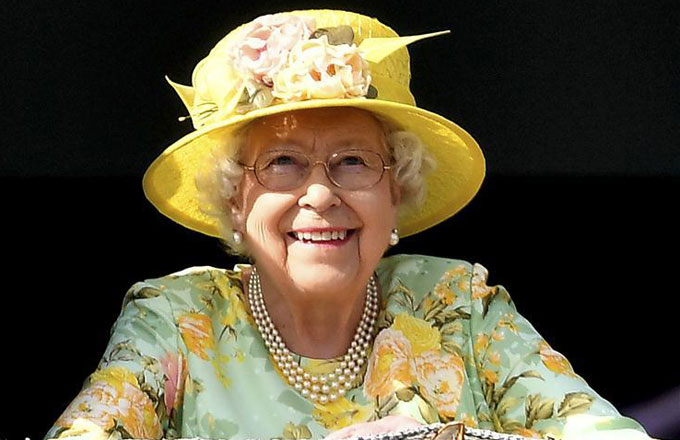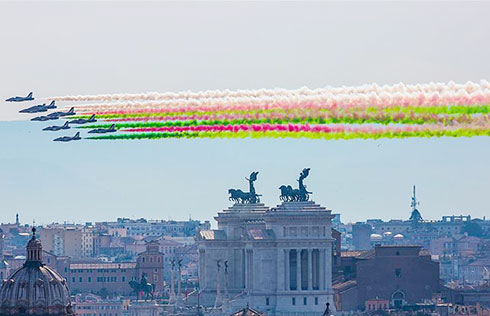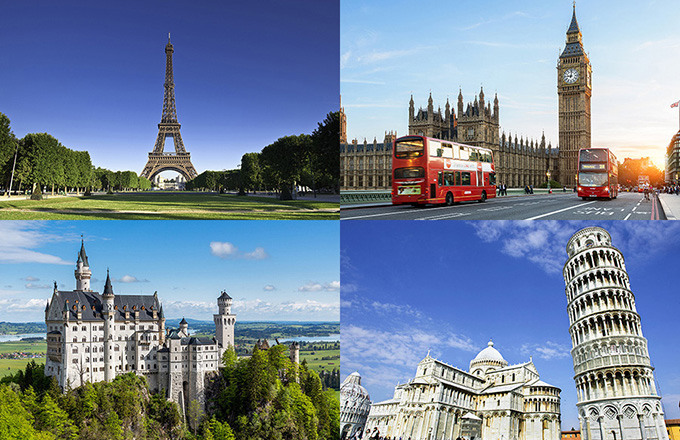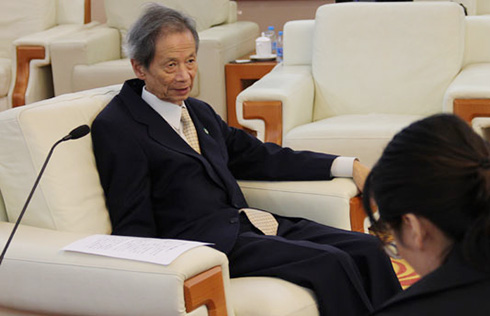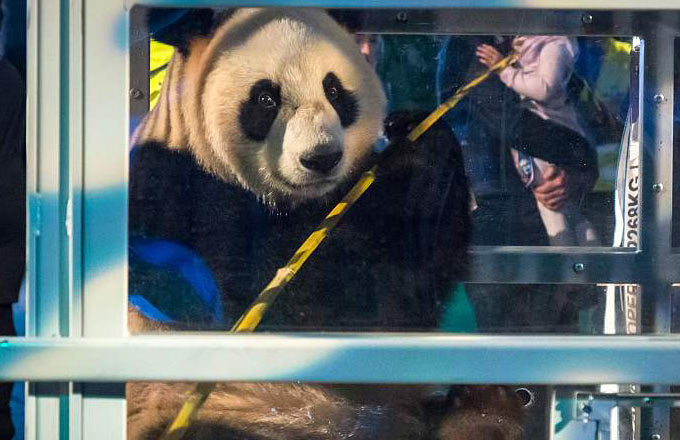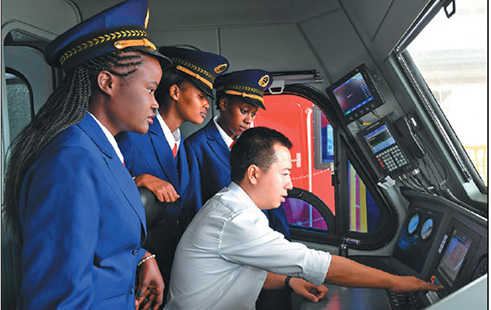In 1940, the cry was 'London Can Take It' – in 2017, nothing has changed
At the height of the blitz in 1940 and 1941, when Nazi Germany's bombers were raining high-explosives down upon East London, laying huge areas to waste and killing 32,000 civilians in the capital while injuring more than 80,000, the government-inspired mantra was "London can take it!" It was a tribute to the dogged character of the Cockneys who had no time for Adolf Hitler and bore all their tribulations with irreverent humor.
Now, 77 years later, London's demographics have changed radically. Virtually all the Cockneys, those who were born within earshot of the chime of the bells on Bow churchin London's East End – have moved out, mainly to new towns built after the World War II in Essex.
London's famous docks, the main target of Hitler's bombers, are long gone, and the rows of Victorian houses that were home to dockworkers were either obliterated by the bombing or torn down to make way for the ubiquitous tower blocks that now dominate the area that has become known as Tower Hamlets.
They are inhabited by people, many immigrants from diverse communities, who make up the patchwork quilt that is London.
But one thing hasn't changed – the city's spirit. In the wake of Saturday night's van and knife attack that killed seven and critically injured 21 and led to police marksmen shooting dead all three perpetrators in a hail of bullets, the mood is one of defiance. All three attackers are believed to have been Islamic militants.
Survivors and eyewitnesses of the attack on London Bridge and in the adjacent Borough Market area, when interviewed on television or radio, all expressed the view, often vehemently, that Londoners would never give in.
Signs appeared all over the place saying as much – a handwritten sign on a London Underground white board that is usually used for service messages now proclaims "London Bridge Will Never Fall Down – you can't break our spirit!" It is a reference to an old children's nursery rhyme, titled London Bridge is Falling Down.
Several people have commented on the way in which commuters have started talking to each other on trains and tubes – unheard of in London, where people normally keep themselves to themselves.
Many of those that were interviewed by journalists reflected on London's multicultural diversity, and all called for Londoners to carry on.
That's also a nod to a World War II poster, designed by the government's propaganda department, which urged citizens to "Keep Calm and Carry On" – a line that has recently become available on T-shirts, mugs, postcards and other memorabilia.
The attacks have also given rise to a raft of typically British humor, much of it self-deprecating.
New York Times staff couldn't have realized what they were starting when their sub-headline following Saturday's attack read "The London attacks hit a nation still reeling from the shock of the bombing in Manchester almost two weeks ago".
The reaction on Twitter, Britain's favorite social-network, was instant.
Tweeters started a meme that included such advice for the New York Times as "We'll start panicking when we've no milk for our tea", and "Biting into a chocolate bar to discover it's Hershey's (a US brand) and not Cadbury's (a popular UK brand)".
Other comments include "People who stand to the left on the Tube escalator"and "If London is reeling it means there must be an Irish Dance Festival in Trafalgar Square".
JK Rowling, author of the famous Harry Potter books and an inveterate Tweeter, weighed in with her own contribution in response to the New York Times.
"The thugs who mowed down innocent people would love to think of the UK as ‘reeling' but it isn't. Don't confuse grief with lack of courage."
As Winston Churchill once commented, the US and Britain are two nations divided by a common language.





